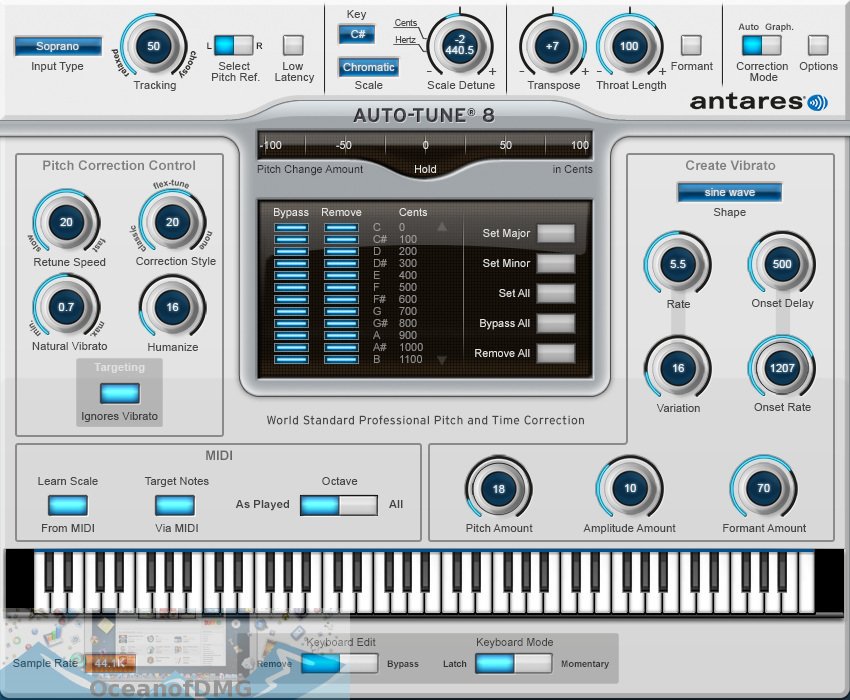
Filenames in Mac OS X can be up to 255 characters long, and you can use any characters you like except the colon (:). Windows doesn’t allow any of the following special characters in filenames:
If you’re planning to move files back and forth between your PC and Mac, it’s a good idea to follow the more restrictive Windows naming rules so that filenames don’t get mangled.

It is similar to the standard md5 tools with some extras - the biggest difference is it allows you to recursively checksum a dir or package - the same way md5sum does for linux/unix. It also offers 4 other checksum methods other than md5 - sha1 (standard os x), sha256, tiger, and whirpool. On your Mac, select the item, then press Return. Or force click the item’s name. Enter a new name. You can use numbers and most symbols. You can’t include a colon (:) or start the name with a period (.). Some apps may not allow you to use a slash (/) in a filename. Press Return. You can add multiple tags to any file or folder. On your Mac, do any of the following: Tag an open file: Hold the pointer to the right of the document title, click the arrow, click in the Tags field, then enter a new tag, or choose one from the list. Tag a new file when you save it: Click File Save. In the Save dialog, click in the Tags field.
In the Windows world, filenames have extensions — a period (.) and a few letters that are added to the end of a filename, for example, Chapter5.doc. The file extension tells the operating system what type of file it is so that the OS knows which program should open it. OS X uses file extensions in the same way, but it also has a separate way to know the file type and creator, using special four-letter codes for each that are stored with the file’s directory entry.
Mac App To Add Md5 To Filename Download
A file is stored in a folder, which may be in another folder, which may be in another folder, and so on. Operating systems keep track of all that hierarchy using a pathname. The pathname lists all the folders you have to visit in turn to find your file. The names are separated by a special character. In Windows, this character is the backslash (). For Macs — and in UNIX, in Linux, and on the Internet — the forward slash (/), sometimes called the front slash, is used.